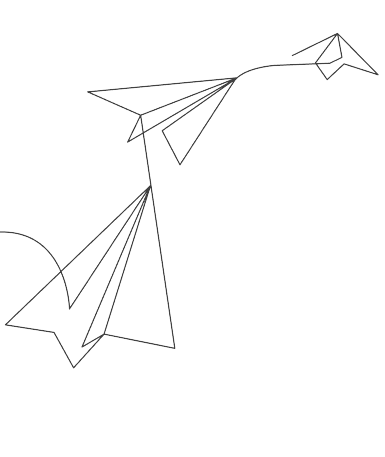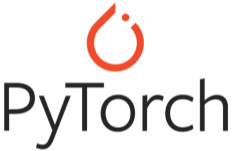
Challenges
-
Face Cropping for Images:
Solution: Utilized the PyTorch MTCNN model to detect faces with precision, ensuring uniform cropping for consistent user profiles.
-
Theater Ticket Price Identification:
Solution: Applied Keras image segmentation to classify seat pricing schemes based on distinct regions in the layout.
-
Auto Proctoring Module:
Solution: Integrated face recognition for secure sign-ins and identity validation. Implemented gaze tracing, person counting, gadget detection, and audio activity analysis for robust monitoring. Built an API using Django Framework and deployed it with Docker for scalability.
-
Audio-to-Text Conversion:
Solution: Developed a pipeline to download videos, extract audio, convert it to text, and store the data in a database. Built a Flask-based API for seamless interaction and containerized the pipeline using Docker.











